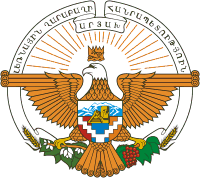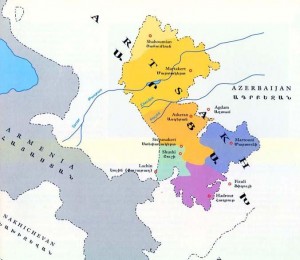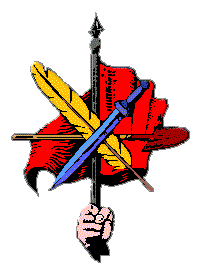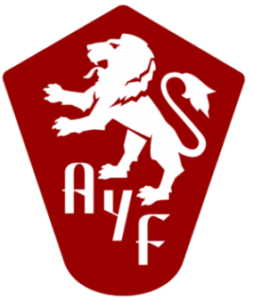Understanding the Nagorno-Karabakh Peace Process
- From 1923-1988, the Armenians of Nagorno-Karabakh lived under the jurisdiction of Soviet Azerbaijan, with the territory designated as an autonomous region separated from Armenia proper.
- May, 1994- As a result of the war over 11,500 sq. km are liberated. The Shahumian region remains under Azeri control. There is no international recognition of Karabakh.
- November, 1994- A Russian-brokered cease-fire between Yerevan, Stepanakert, and Baku brings the conflict to a de facto end. It is assumed Russian peace keepers will be deployed to facilitate return of refugees. Cease-fire is superseded by the Bucharest summit on December 5-6.
- July, 1997- OSCE Minsk Group submits a package agreement to resolve the conflict, proposing the return of Nagorno-Karabakh as a region within Azerbaijan consisting of 4.4 thousand sq. km and the Lachin corridor. The proposal calls for the deployment of international peacemakers to secure and the return of displaced Azerbaijanis, while the Armenians of Karabakh are to receive Azerbaijani passports. The Armenian side rejects the proposal.
- December, 1997- Step-by-Step proposal is presented which would withdraw Karabakh forces to 1988 boundaries (keeping the Lachin corridor) and leave the permanent status of Karabakh for future determination. The proposal is rejected by Nagorno-Karabakh.
- November, 1998- Common State solution is presented where Karabakh forces would withdraw to 1988 boundaries. Nagorno-Karabakh would become an independent state and, with Azerbaijan, form a common state. The status of Lachin is left undetermined. The proposal is rejected by Azerbaijan.
- Spring, 2001- An unofficial proposal is presented during talks in Paris and in Key West, Florida suggesting the unification of Armenia with Nagorno-Karabakh and the Lachin corridor. In exchange, Azerbaijan is promised a corridor of its own through connecting to Nakhichevan through southern Armenia. The proposal is rejected by Azerbaijan.
- November, 2007- OSCE Minsk Group proposes the so-called “Madrid Principles” to Yerevan and Baku outlining a step-by-step approach to resolve the conflict. An international peace-keeping force to secure the return of Azeri refugees is envisioned, while 7,000 sq km of liberated Karabakh territory is returned to Azerbaijan. Nagorno-Karabakh is reduced to 4,400 sq km, with its only connection to Armenia maintained through the Lachin corridor and Kelbajar. Karabakh is promised an interim status to be determined at an undeclared date in the future by referendum. This is the current proposal under consideration today.
The ARF on Karabakh
Karabakh is an integral part of Armenia and the Armenian Revolutionary Federation has pursued its reunification with Armenia. The annexation of Karabakh to Azerbaijan was a result of arbitrary plotting by Stalin in the early 1920s and the people of Karabakh have never accepted that arrangement.
During Soviet rule, at every opportunity, and most recently in 1988, the majority of the population of Karabakh had peacefully raised their quest for reunification with Armenia; Azerbaijan responded by violence not only in Karabakh, but all over Azerbaijan.
In Karabakh, Armenians defended themselves and in 1991, declared the formation of the Nagorno-Karabakh Republic. A just and lasting resolution of the Karabakh conflict should guarantee security and viability for Karabakh and Armenia. Eventually, the de facto reunification with Armenia should be granted de jure recognition.
Attaining this recognition is a priority for the ARF‐Dashnaktsutyun.





Leave a Reply
Want to join the discussion?Feel free to contribute!